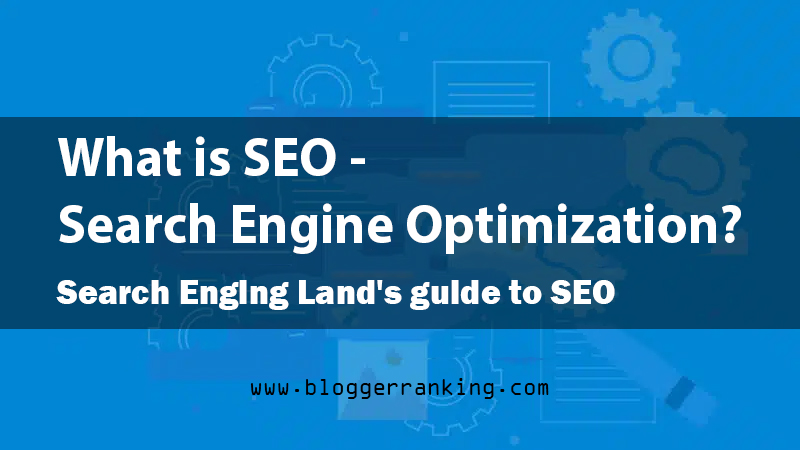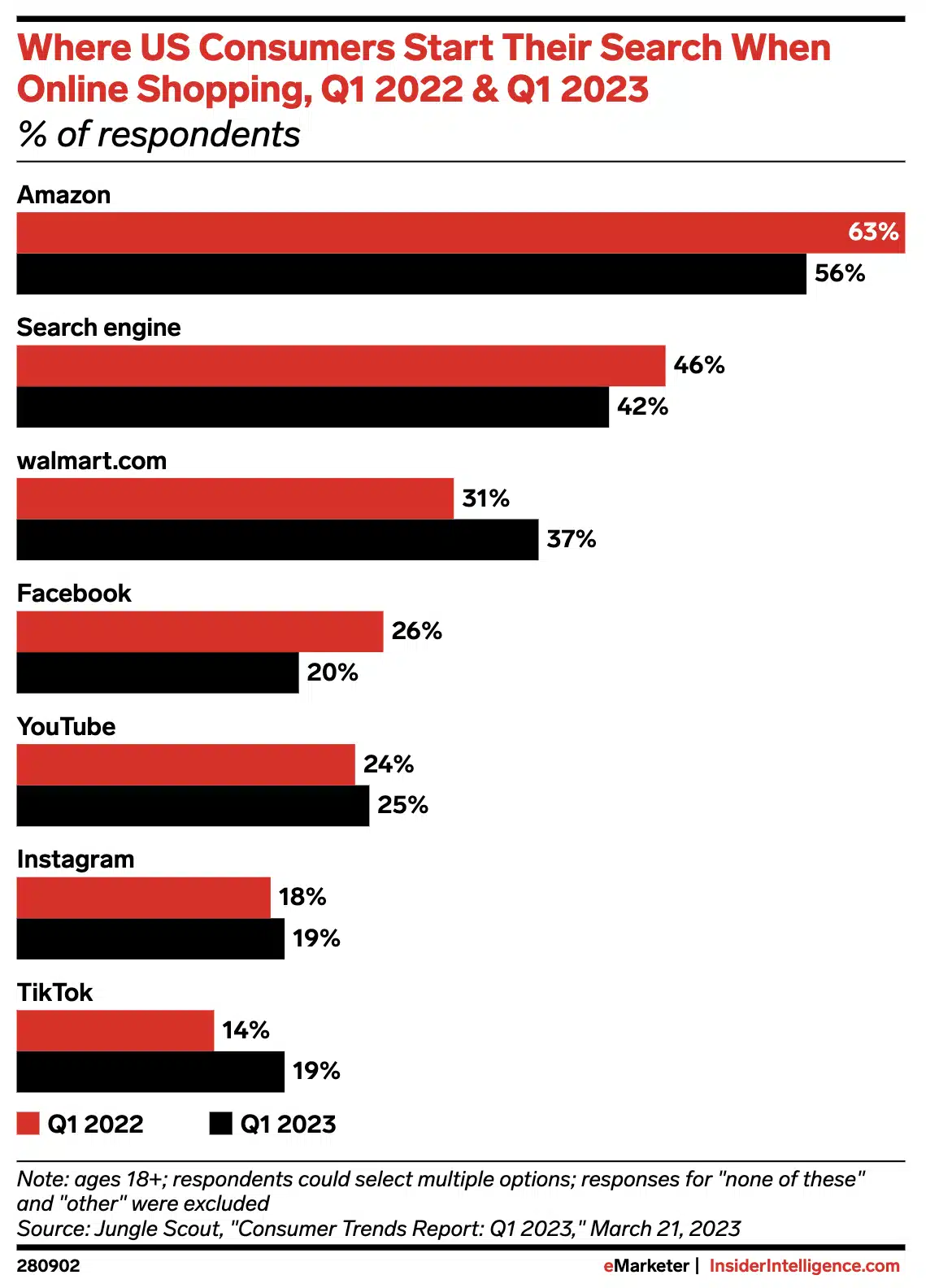
Understanding SEO: What Is Search Engine Optimization in 2025?

What is SEO? A Comprehensive Guide for 2025
SEO, or search engine optimization, is the process of enhancing your website’s content so that search engines can better understand and rank it. By aligning your content with what users are searching for, SEO helps deliver relevant and valuable results to their queries.
The primary objective of SEO is to secure a spot on the first page of search engine results (SERPs) for keywords that matter most to your target audience. This drives high-quality traffic to your site, increasing the likelihood of engagement and conversions.
As a core component of digital marketing, SEO can be applied to any website, regardless of its purpose. Whether your site sells products, offers services, or shares expert insights, SEO boosts its visibility on platforms like Google and Bing. The higher your pages rank, the more likely users are to discover and visit your site.
This guide will dive deeper into what SEO is, how it works, and what you need to know to stay ahead in 2025.
The Ever-Changing Landscape of SEO
Technology is advancing at a rapid pace, and so are the ways we interact with search engines. From voice-activated searches to AI-generated summaries, the tools and methods we use to access information are constantly evolving. Websites, too, must adapt to these changes to remain competitive.
In this guide, we’ll explore the various facets of SEO, including how it adapts to new technologies, and provide resources to help you stay informed.
Table of Contents
- How SEO Differs from SEM and PPC
- Why SEO Matters
- Types of SEO and Specializations
- How SEO Works
- The Evolution of SEO
- SEO as a Service
- Learning SEO: Where to Start
SEO vs. SEM vs. PPC: What’s the Difference?
When diving into the world of search marketing, you’ll often come across terms like SEM and PPC. Understanding how these relate to SEO is crucial for building a comprehensive digital marketing strategy.
SEO vs. SEM
SEM, or search engine marketing, is an umbrella term that encompasses both SEO and PPC. While SEO focuses on driving organic (unpaid) traffic, SEM includes paid efforts like PPC to boost visibility. Think of SEM as a coin: SEO is one side, and PPC is the other.
SEO vs. PPC
PPC, or Pay-Per-Click, is a paid advertising model where advertisers bid on keywords to display ads in search results. Unlike SEO, which relies on organic rankings, PPC requires payment each time a user clicks on an ad. While some debate whether SEO or PPC offers a better ROI, the truth is that they work best when used together.
Why SEM and PPC Are Often Confused
In the industry, SEM is sometimes used interchangeably with PPC, but this isn’t always accurate. At its core, SEM includes both organic and paid search efforts. However, many marketers use SEM to refer exclusively to paid campaigns. For clarity, we’ll use SEM to describe the combination of SEO and PPC.
Why SEO Matters in Today’s Digital World
SEO isn’t just a buzzword—it’s a powerhouse marketing channel. Here’s why it’s indispensable:
- Massive Traffic Potential: Organic search drives over 53% of website traffic (BrightEdge, 2019). With Google handling 8.5 billion searches daily and owning 91% of the global search market, the audience is enormous.
- Business Impact: The global SEO industry is projected to hit $122.11 billion by 2028, reflecting its value to brands of all sizes.
- User Behavior: Searching is second nature. Whether people want to shop, learn, or explore, they start with a search—on Google, Amazon, TikTok, or elsewhere.
Searches aren’t limited to traditional engines anymore. For example:
- 56% of U.S. online shoppers begin on Amazon (2023 data).
- 51% of Gen Z women prefer TikTok for searches (2023 study).
- Platforms like YouTube and Instagram are also search hubs.
- 37% start on Walmart.
- 25% start on YouTube.
- 20% start on Facebook.
- 19% start on Instagram.
- 19% start on TikTok.

Ranking high isn’t just about traffic—it’s about trust. A top spot signals authority, which search engines like Google reward. Plus, unlike paid ads that stop when the budget runs dry, good SEO delivers sustainable results.
Different Types of SEO and Their Focus Areas
SEO is like a winning team: it needs strategy, execution, and a fanbase. Here’s how it breaks down:
- Technical SEO: The backbone. This ensures your site is easy for search engines to crawl and index (think site speed, mobile friendliness, and structured data).
- On-Page SEO: The content game. Optimize what users see (text, images) and what engines read (title tags, meta descriptions) to rank higher.
- Off-Page SEO: The reputation builder. Earn links, boost brand awareness, and grow authority through external efforts like PR or social media.

SEO Specialties
SEO also branches into niche areas:
- E-commerce SEO: targets product pages, reviews, and category navigation.
- Local SEO: boosts visibility for nearby customers via reviews and listings.
- International SEO: optimizes for global audiences and multilingual sites.
- Enterprise SEO: tackles massive sites with millions of pages.
- News SEO: prioritizes speed for breaking stories and Google News.
Each type requires unique tactics, but they all aim to increase visibility.
How SEO Actually Works
If you found this page via Google, you likely searched for something along the lines of [what is seo?]
SEO combines people, processes, and tech to get your site noticed. Here’s the breakdown:
- Search Engine Basics: Engines like Google crawl sites, index content, and rank pages based on relevance and quality.
- Research: Know your audience, keywords, and competitors to target the right terms.
- Strategy: Set goals, pick tools, and plan how to climb the rankings.
- Execution: Create or tweak content, optimize pages, and remove outdated stuff.
- Monitoring: Track performance and fix issues (e.g., broken links, slow pages).
- Analysis: Use tools like Google Analytics to measure success and refine your approach.
SEO isn’t a one-time fix—it’s ongoing, adapting to engines, users, and trends.
The Evolution of SEO
SEO shifts with technology and society:
- Tech Changes: Mobile-first indexing (completed 2023), AI-driven results (like Google’s AI Overviews), and faster load times shape modern SEO.
- Societal Shifts: Economic dips, pandemics (like COVID), and changing habits force SEO to adapt quickly.
As tools and user expectations evolve, so must your strategy.
SEO as a Professional Service
The SEO market is booming—growing from $75.13 billion in 2023 to a projected $170 billion by 2028 (Research and Markets, 2024). It’s both a skill and a career, with roles spanning technical tweaks to content mastery. Start with free tools like Google Analytics or Semrush’s keyword checkers to dip your toes in.
Tips to Master SEO
- Stay Updated: Follow blogs like Search Engine Land or Google’s Search Essentials.
- Experiment: Build a site, test tactics, and learn what sticks.
- Attend Events: Check out conferences like SMX for insider knowledge.
- Use Resources: Books, videos, and courses can accelerate your skills.
SEO takes effort, but the payoff—visibility, traffic, and growth—is worth it.




![Step-by-Step SEO Tutorial for Blogger in 2025: A Complete SEO Course [FREE!] SEO for blogging](https://bloggerranking.com/wp-content/uploads/2025/02/Seo.jpg)






